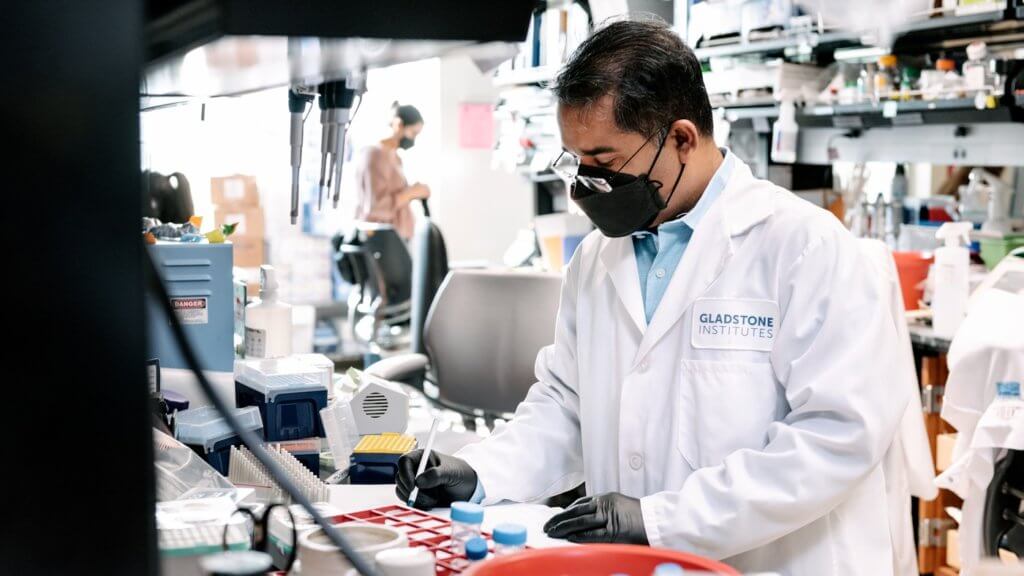An unexpected observation by researchers exploring the development of heart cells could have enormous implications in the understanding of how embryonic stem cells become an adult cell. The removal of a single gene in heart cell precursors somehow caused the cells to morph into brain cell precursors, something never before seen or believed possible, according to a recent study from the Gladstone Institutes of Cardiovascular Disease in San Francisco.
Stem Cell Mystery Unravels
Embryonic stem cells are known to be plurioplonic, meaning they are able to convert into and become any type of cell in an adult body. Before they are fully transformed into a specific type of cell in the body, stem cells must go through a number of complicated steps along the way.
While the precise mechanisms that cause a stem cell to become a heart or bone cell, for example, are unclear, it has been accepted that once a cell is marked to become a specific type of cell, there’s no turning back.
“Pretty much every scientist who talks about cell fate uses a picture of the Waddington landscape, which looks a lot like a ski resort with different ski slopes descending into steep, separated valleys. If a cell is in a deep valley, there’s no way for it to jump across to a completely different valley,” says senior author, Benoit Bruneau, in a statement.
Control of Differentiation?
For this study, researchers were studying the role of the Brahma protein, which is known to play a key role in the formation of adult heart cells. Using mouse embryonic stem cells, researchers deactivated the gene that produces Brahma, Brm, hoping to learn more about the precise part Brahma plays in the heart’s formation.
After deactivating the Brm gene, scientists were surprised to see the heart cell precursors weren’t progressing as expected over time.
“After 10 days of differentiation, normal cells are beating rhythmically; they’re clearly heart cells. But without Brahma, there was just a mass of inert cells. No beating at all,” explains first author, Swetansu Hotz.
Not only that, but the deactivation of Brm seemed to simultaneously activate other genes required for stem cells to become brain cells. This caused the transformation of the heart cell precursors directly into brain cell precursors, according to the study, something scientists didn’t know was possible beforehand.
The fact that a single genetic alteration can shift the seemingly predetermined path of a stem cell is an exhilarating discovery, which could lead to a greater understanding of overall cell health and development. Additionally, since genetic mutations of Brm have been linked to certain diseases and cancers, the unexpected results could lead to further insight on how certain cells are altered by those maladies.
There is much more to learn about the intricacies involved in embryonic stem cell differentiation. But the fact that a stem cell’s path to becoming an adult cell is less rigid than previously believed opens the door to further research and potential discoveries.
This study was originally published in Nature.
Article written by Adam Swierk












